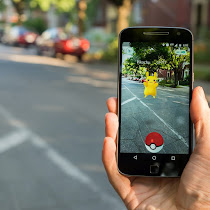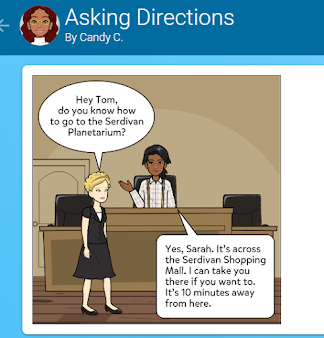Podcast

A podcast is a series of spoken word, audio episodes. All of the episodes focuse on a particular topic or theme, You can find podcasts about countless topics. Also, it can be used in language learning classrooms, in which we need to make the students more interested in the classes, to have a more effective learning. Plus, it is as easy to produce your own podcast as listening that is already being prepared! Here's a Podcast example I created about having a more effective language learning process: Podcast example
















